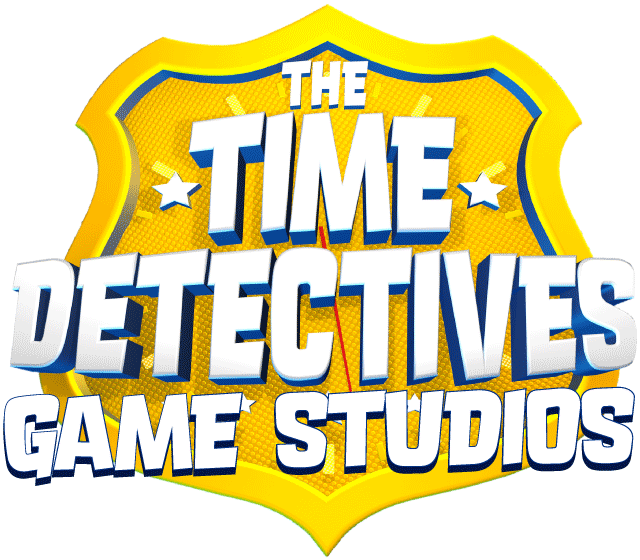Welcome to The Time Detective’s™ Studio! In this post, we’ll take you on a fascinating journey through the event generation process, the heart of our history puzzle game. Our innovative approach combines cutting-edge AI technology, human expertise, and comprehensive historical data to create engaging, fun, and accurate events for players to put in chronological order. Let’s dive in!
Step 1: Event Suggestion: Our journey begins with event suggestions. We use AI-based language models to generate historical event suggestions based on a prompt. The prompt is designed to set the tone and provide context for the type of events we want to generate. The AI model reads the prompt and returns a list of potential events, each comprising a date, title, and a link to the corresponding Wikipedia article.
Step 2: Wikipedia Page Retrieval: With the Wikipedia link in hand, we proceed to retrieve the relevant Wikipedia page. The page not only provides a wealth of information about the event, but also helps us verify the event’s authenticity. If the page doesn’t exist or isn’t related to the event, we discard the suggestion and return to Step 1 for another event suggestion.
Step 3: Google Knowledge Graph Check: To further ensure the event’s accuracy, we perform a check using Google’s Knowledge Graph. We search for the event’s title and obtain information such as the event’s name, description, and a confidence score. If the confidence score is below a predefined threshold, we discard the suggestion and repeat the process from Step 1.
Step 4: Event Summary Generation: Next, we generate a concise, engaging summary for the event, which combines information from the Wikipedia page and Google’s Knowledge Graph. We use another AI-based language model to create a short title, a fun and true description (limited to 100 characters), a date, and relevant tags. The output is then formatted as an array containing the Title, Date, Description, and Tags.
Step 5: Event Verification: With the summary generated, we want to make sure it accurately represents the event. We use another AI model to provide a probability score from 0 to 1, indicating the likelihood that the event has occurred based on the available evidence. If the score is below 0.8, we discard the event and return to Step 1.
Step 6: JSON Conversion: Once the event has been verified, we convert the event data into a JSON format, making it easy to store, manipulate, and display in our game interface. We save the JSON formatted data to a file named after the event’s title.
Step 7: Image Generation: To enhance the visual appeal of our game, we use AI models to generate images related to the event. These images serve as visual cues for players and help bring the events to life.
Step 8: Integration into the Game Interface: Finally, we integrate the generated event data into our backend event generation interface. We use Flask, JavaScript, and HTML to create a seamless event generation experience, allowing the administrator to generate new events with the click of a button and instantly see the event information displayed on the game screen.
In Conclusion, with over 5 years invested in manually curating the timeline, having a tool that can accurately isolate and convert data from accurate datasets to assist in event generation process is priceless. The Time Detective’s™ Studio event generation process is a testament to the power of AI and its ability to augment human expertise. By combining AI models, rigorous checks, and an intuitive game interface, we bring history to life in a fun and engaging way for players of all ages. We hope you enjoyed this behind-the-scenes look at our event generation process, and we can’t wait for you to try The Time Detective™ history puzzle game!
